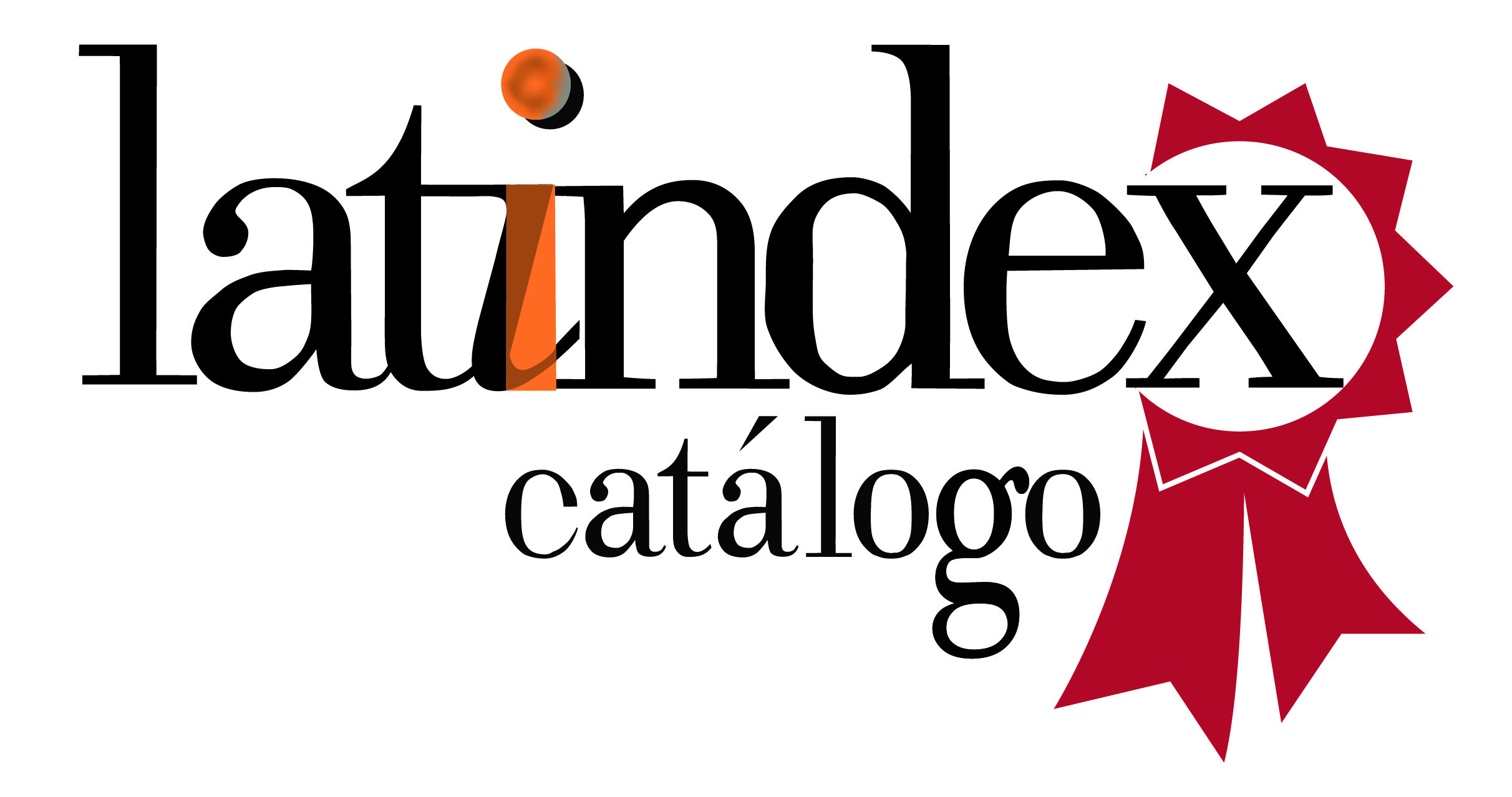Adequacy of the sodium concentration in mass consumption baked goods marketed in Paraguay (2014 – 2021)
DOI:
https://doi.org/10.52379/mcs.v8i3.456Keywords:
sodium chloride, bread, chronic disease, hypertension, nutrition policy, ParaguayAbstract
Introduction: Within the framework of the implementation of public health strategies aimed at stopping the advance of chronic non-communicable diseases of nutritional origin in Paraguay, the salt content (sodium chloride) in baked goods has been regulated. The Instituto Nacional de Alimentación y Nutrición (INAN, National Institute of Food and Nutrition) monitors the sodium content in baked goods in the national territory. Objective: Determine the adequacy of the sodium content in mass-consumption baked goods, manufactured and marketed in Paraguay, from 2014 to 2021. Methodology: Observational, descriptive, retrospective study. Data obtained as part of the surveillance carried out by the INAN on mass consumption baked goods prepared and marketed at the national level were evaluated. Sodium was analyzed using the AOAC 985.35 procedure, and adequate values were considered when the sodium concentration was ? 600 mg/Na per 100 g of product, according to S.G. Resolution No. 792/2015. Results: 527 samples of mass consumption baked goods were analyzed from outlets, from 16 health regions, and from commercial industries (1.1%), supermarkets (87.2%) and bakeries (11.7%). During the years 2017, 2018 and 2021, the medians and averages of sodium far exceeded the values established as adequate. There were significant differences in the percentage of samples with adequate and inadequate values according to the year of monitoring. The samples of “palitos, coquitos and rosquitas” presented a significantly higher amount of sodium in relation to what was found in Felipe bread, “galletas”, and other baked goods (p= < 0.05). Discussion: Surveillance and compliance by companies with S.G. Resolution No. 792/2015 is essential to avoid excess sodium in mass-consumption baked goods. Continuing monitoring is required to ensure compliance with current legislation
Downloads
References
World Health Organization. Estrategia de cooperación. Resumen Paraguay. 2017. URL
MSPBS. Segunda Encuesta Nacional sobre Factores de Riesgo de Enfermedades No Transmisibles. 2023. URL
Huang L, Trieu K, Yoshimura S, Neal B, Woodward M, Campbell N. Effect of dose and duration of reduction in dietary sodium on blood pressure levels: systematic review and meta-analysis of randomised trials. BMJ. 2020;368:m315. https://doi.org/10.1136/bmj.m315
Roth G, Abate D, Abate K, Abay S, Abbafati C, Abbasi N, et al. Global, regional, and national age-sex-specific mortality for 282 causes of death in 195 countries and territories, 1980-2017 a systematic analysis for the Global Burden of Disease Study 2017. Lancet. 2018;392(10159):P1736-1788. https://doi.org/10.1016%2FS0140-6736(18)32203-7
Denton D, Weisinger R, Mundy N, Wickings E, A D, Moisson P. The effect of increased salt intake on blood pressure of chimpanzees. Nat Med. 1995;1(10):1009–16. https://doi.org/10.1038/nm1095-1009
Intersalt Cooperative Research Group. Intersalt: an international study of electrolyte excretion and blood pressure. Results for 24 hour urinary sodium and potassium excretion. BMJ. 1988;297(6644):319–28. https://doi.org/10.1136/bmj.297.6644.319
Ortellado Maidana J, Ramírez A, González G, Olmedo Filizzola, Gustavo Ayala de Doll M, Sano M, Paredes Gonzalez O. Consenso Paraguayo de Hipertensión Arterial 2015. Rev virtual Soc Parag Med Int. 2016;3(2):11–57. https://doi.org/10.18004/rvspmi/2312-3893/2016.03(02)11-057.
World Health Organization. Effect of reduced sodium intake on cardiovascular disease, coronary heart disease and stroke. 2023. URL
MSPBS. Resolución S. G. N° 792/2015: Por la cual se reglamenta el contenido de sal -cloruro de sodio-en productos panificados de consumo masivo. Asunción, Paraguay: Poder Ejecutivo, Ministerio de Salud Pública y Bienestar Social; 2015. URL
Alvarez N. Rosquitas, palitos y coquitos a la manteca. Tembi’u Paraguay. 2021. URL
MSPBS. Resolución S.G. N° 792/2015 “Por la cual se reglamenta el contenido de sal (Cloruro de sodio) en productos panificados de uso masivo” [Internet]. Asunción, Paraguay: Ministerio de Salud Pública y Bienestar Social; 2015. URL
AOAC International. Minerals in infant formula, enteral products, and pet foods. Atomic absorption spectrophotometric method. 1988.
Gremio de panaderías señala que están en quiebra técnica. La nación. 2022. URL
Walkowska A, Kuczeriszka M, Sadowski J, Olszynski K, Dobrowolski L, Cervenka L. High salt intake increases blood pressure in normal rats: putative role of 20-HETE and no evidence on changes in renal vascular reactivity. Kidney Blood Press Res. 2015;40(3):323–34. URL
Arcand J, Blanco-Metzler A, Benavides Aguilar K, L’abbe M, Legetic B. Sodium Levels in Packaged Foods Sold in 14 Latin American and Caribbean Countries: A Food Label Analysis. Nutrients. 2019;11(369):1–8. https://doi.org/10.3390/nu11020369
Meza Miranda E, Núñez BE. Evaluación de la composición nutricional de alimentos procesados y ultraprocesados de acuerdo al perfil de alimentos de la Organización Panamerica de la Salud, con énfasis en nutrientes críticos. Mem Inst Investig Cienc Salud. 2018;16(1):54–63. https://doi.org/10.18004/mem.iics/1812-9528/2018.016(01)54-063
Sánchez Bernal S, Masi C, Rojas G, Galeano M, Mendoza L. Estimación de la ingesta de sal a partir de la excreción urinaria de sodio en Escolares y Adolescentes de 6 a 19 años de edad en el Paraguay. Pediat (Asunción). 2015;42. URL
World Health Organization. Guideline: fortification of food-grade salt with iodine for the prevention and control of iodine deficiency disorders. Geneva: WHO; 2014. p. 1–44. URL
Downloads
Published
Issue
Section
License
Copyright (c) 2024 Marcelo Javier Galeano Miers, José Acosta Escobar, Geraldine Morínigo Isla, Carolina Bonzi Arévalos, Elsi Carolina Ovelar Fernández, Natalia Elizabeth González Cañete

This work is licensed under a Creative Commons Attribution 4.0 International License.











